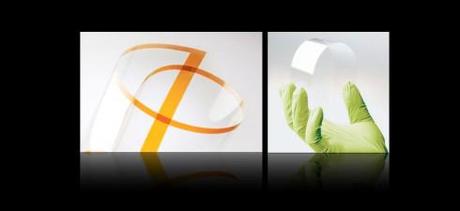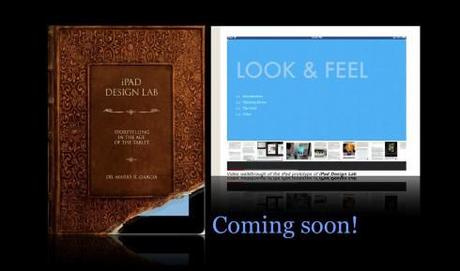TAKEAWAY: Fold that tablet and put it in your pocket. Remember when you used to do that with your favorite newspaper or magazine? Far fetched? Maybe not.

Images courtesy of http://www.corning.com/displaytechnologies/en/index.aspx
If you thought the newspaper or magazine you could fold was on its way to extinction, think twice.
Since 2010, we have heard talk of flexible glass as the next best thing for digital platforms. Now, apparently technology is getting us closer to that reality. In fact, it was that year that
%0A">
%0A">
%0A" title="researchers at Duke">researchers at Duke University announced that they had developed a way to mass-produce nanowires from copper, a cheap and effective solution that could pave the way for bendable electronic displays and solar cells.
Now, a new type of flexible ultra-thin glass has been unveiled by Corning, the firm that developed Gorilla Glass, currently used to make screens of many mobile devices.
Glass approximating the qualities of paper will probably have tremendous impact on the way we design and present information on mobile phones and tablets.
Corning says that, as well as its use in slimmer display designs, the strength and flexibility means we could also see Willow Glass used in curved or wraparound displays, such as smartphones and tablets.
It is fascinating to see that, while the new platforms move us forward, allowing us for more effective and multi sensory storytelling, they continue to be inspired by paper and what has proved to be functional, tested qualities that we associate with reading printed material.
In his best selling book, Hamlet’s BlackBerry, William Powers writes that digital is trying to become more, not less, like paper.
“I predict that one day the wireless screen will be almost indistinguishable from a sheet of paper. We’ll have digital books and magazines with thin, refreshable pages we can hold between our fingers, just like the pages of today’s print publications. Thus, paper will effectively live on,” William tells me as we exchanged notes on the subject today.
William also adds a little bit of historical information:
“People have been talking about flexible glass displays since 2006 and even earlier. In 2006, as part of my research for the Harvard essay, I interviewed the folks at E Ink in Cambridge. They told me the bendable, foldable display was the great, as yet unattained goal of this whole field of research. If that BBC story is accurate, we’re suddenly much closer.”
Indeed, we are. It may be a short time before we may carry our foldable iPads around, or simply put it in our back pocket.
See a video demonstrating flexible glass
The iPad Design Lab: Storytelling in the Age of the Tablet

Video walkthrough of the iPad prototype of iPad Design Lab


